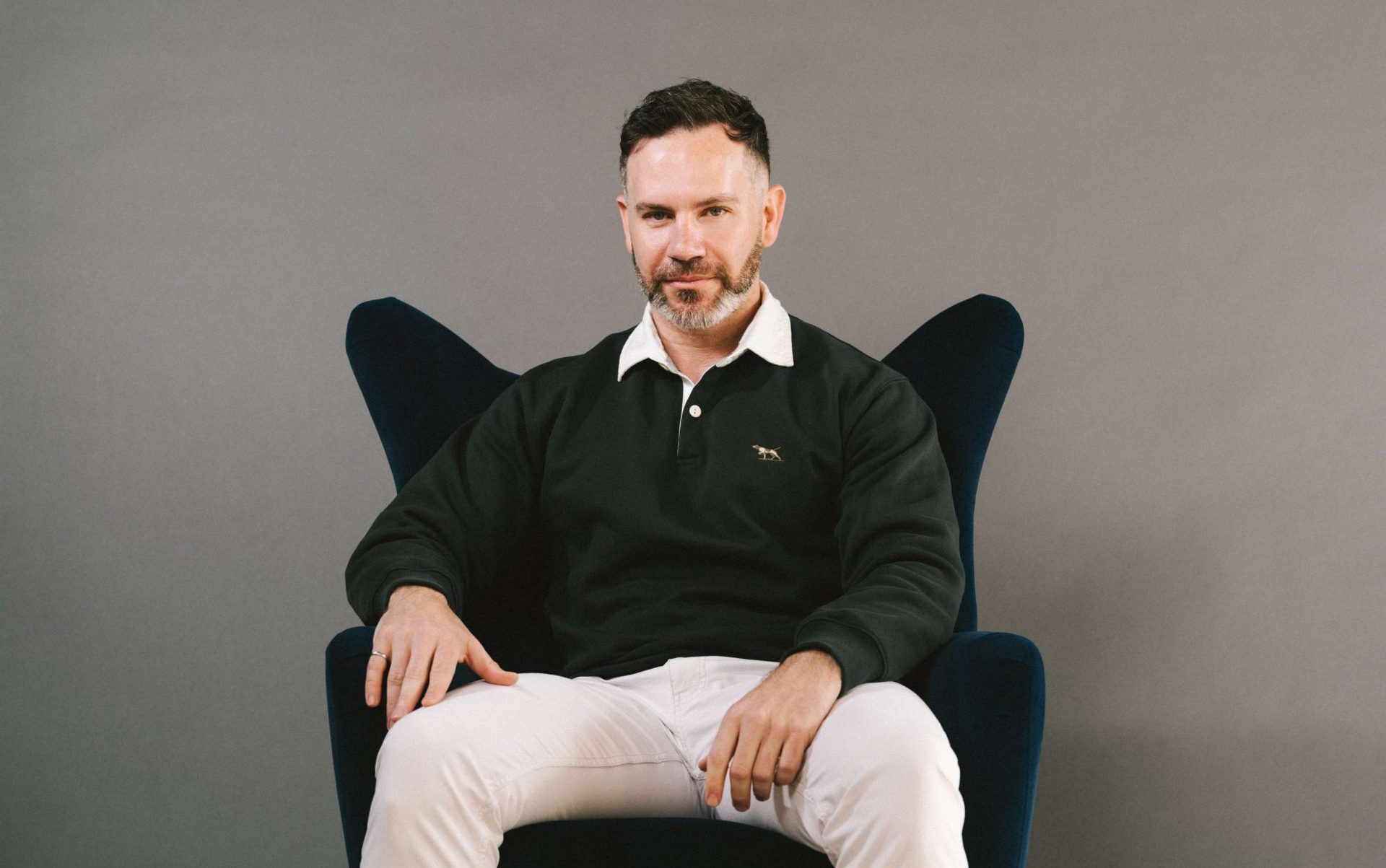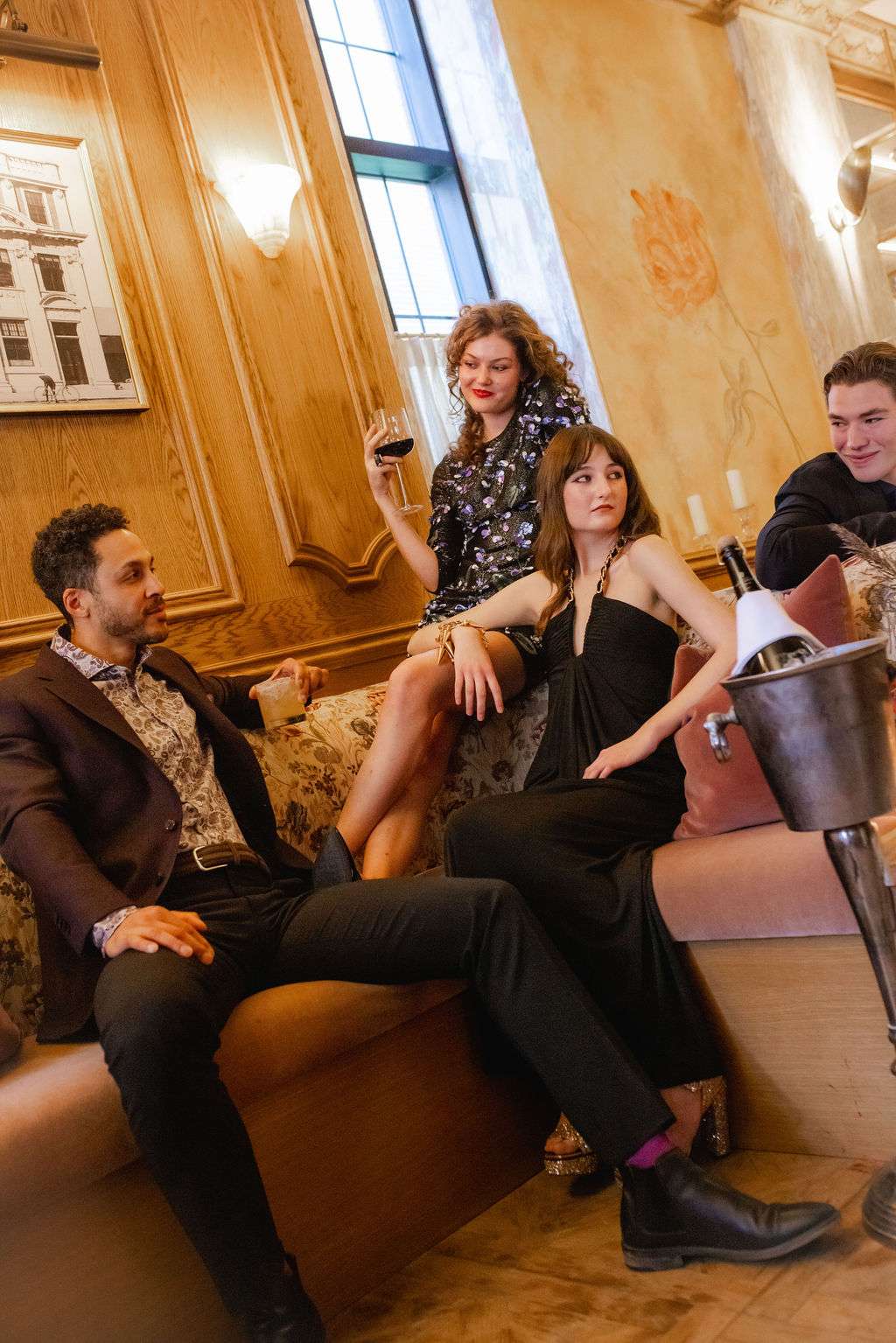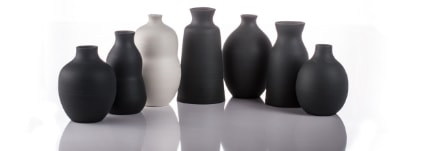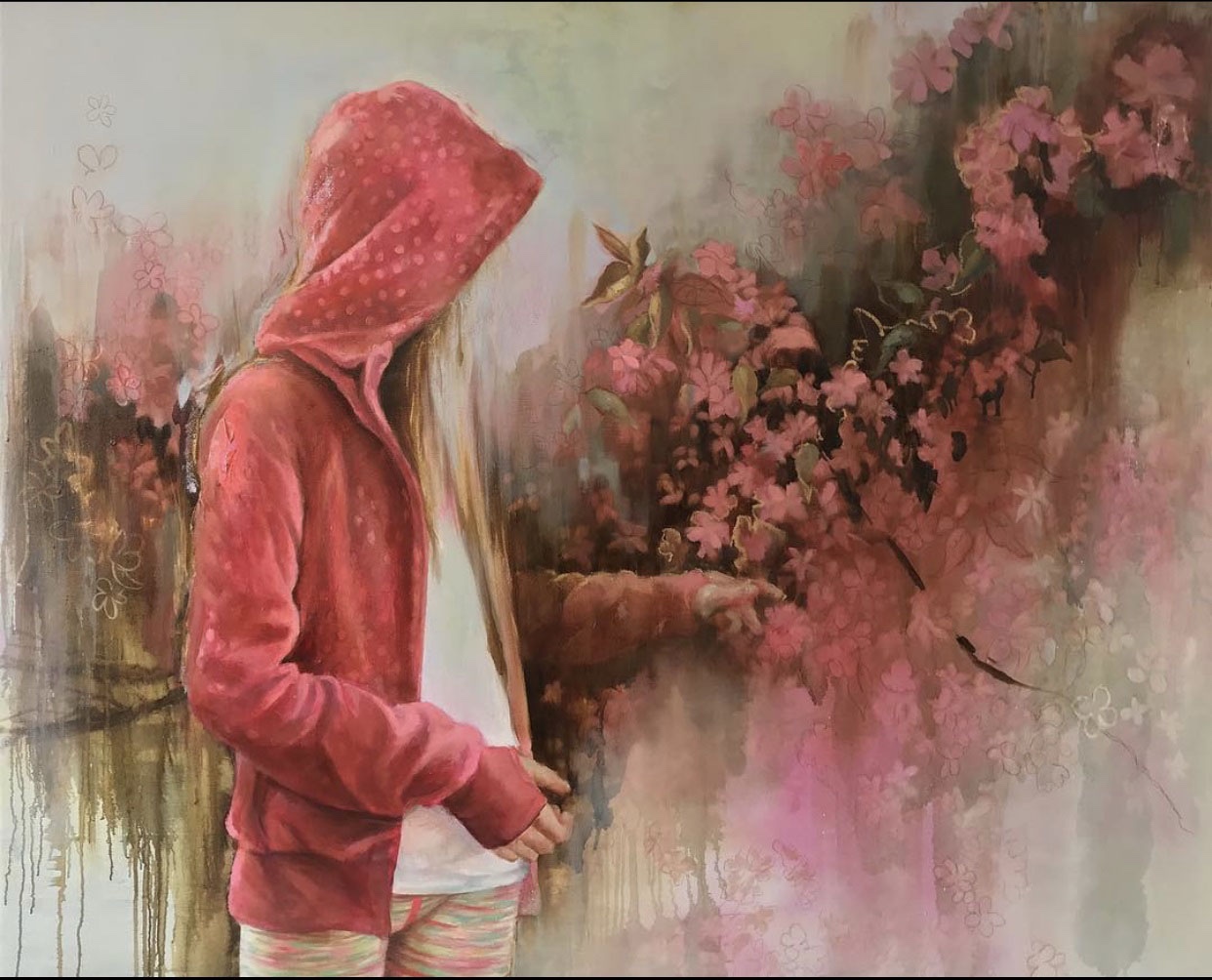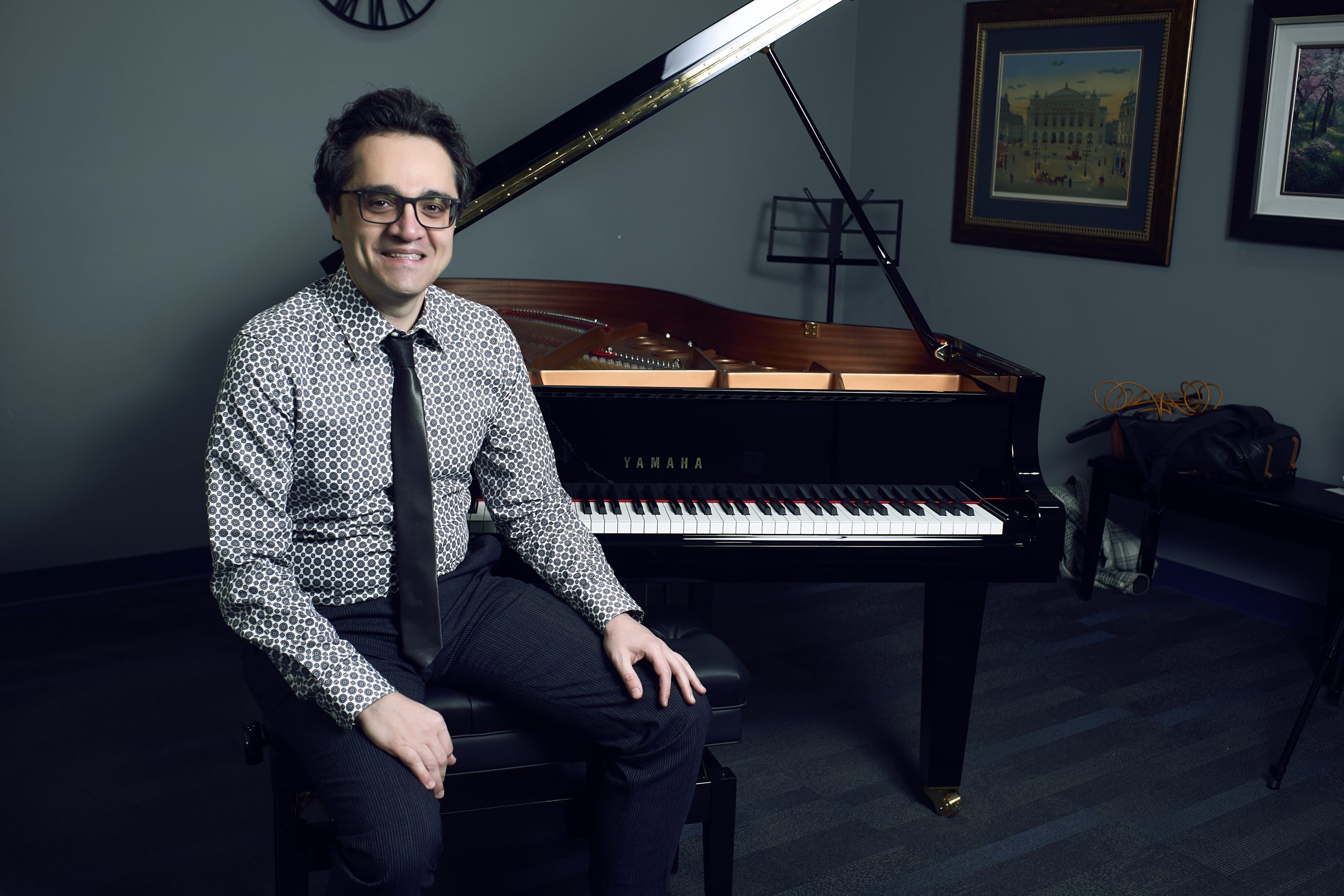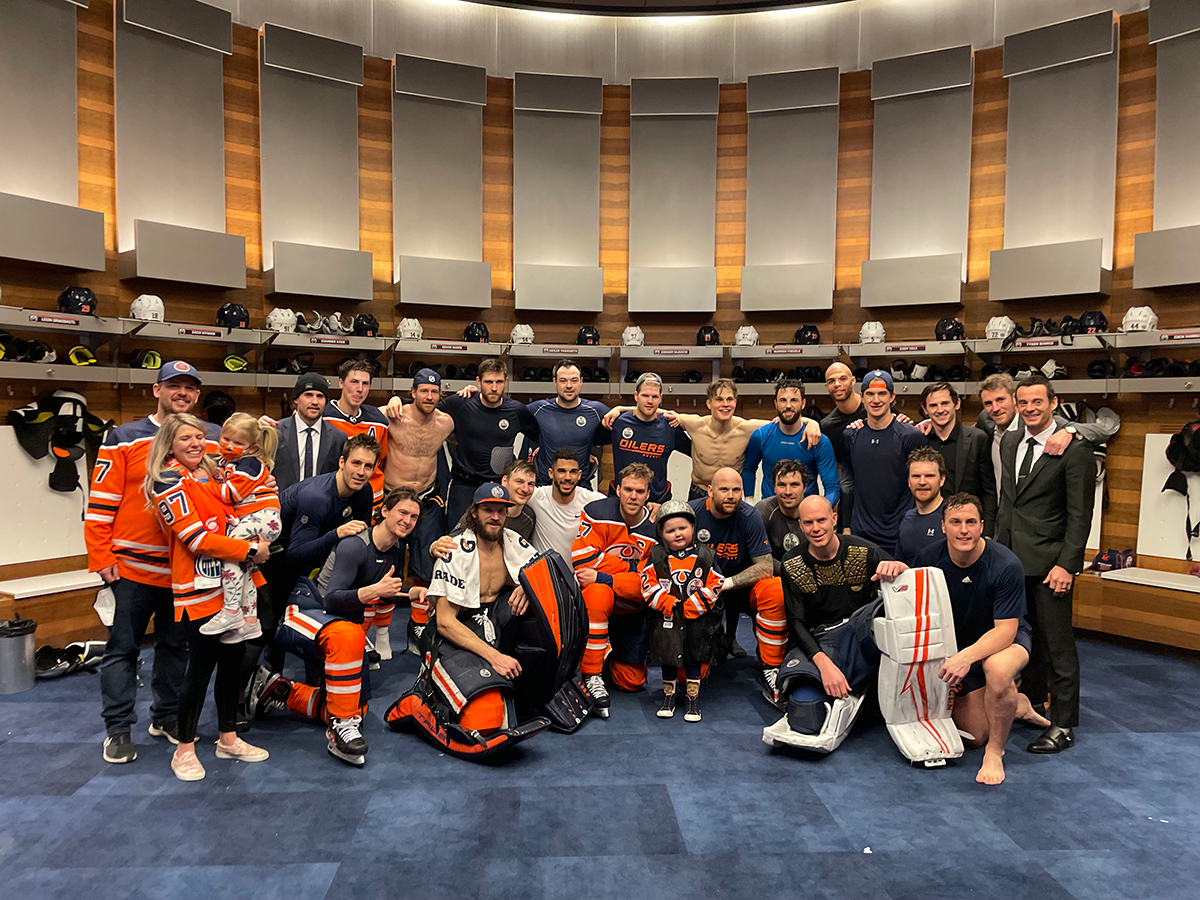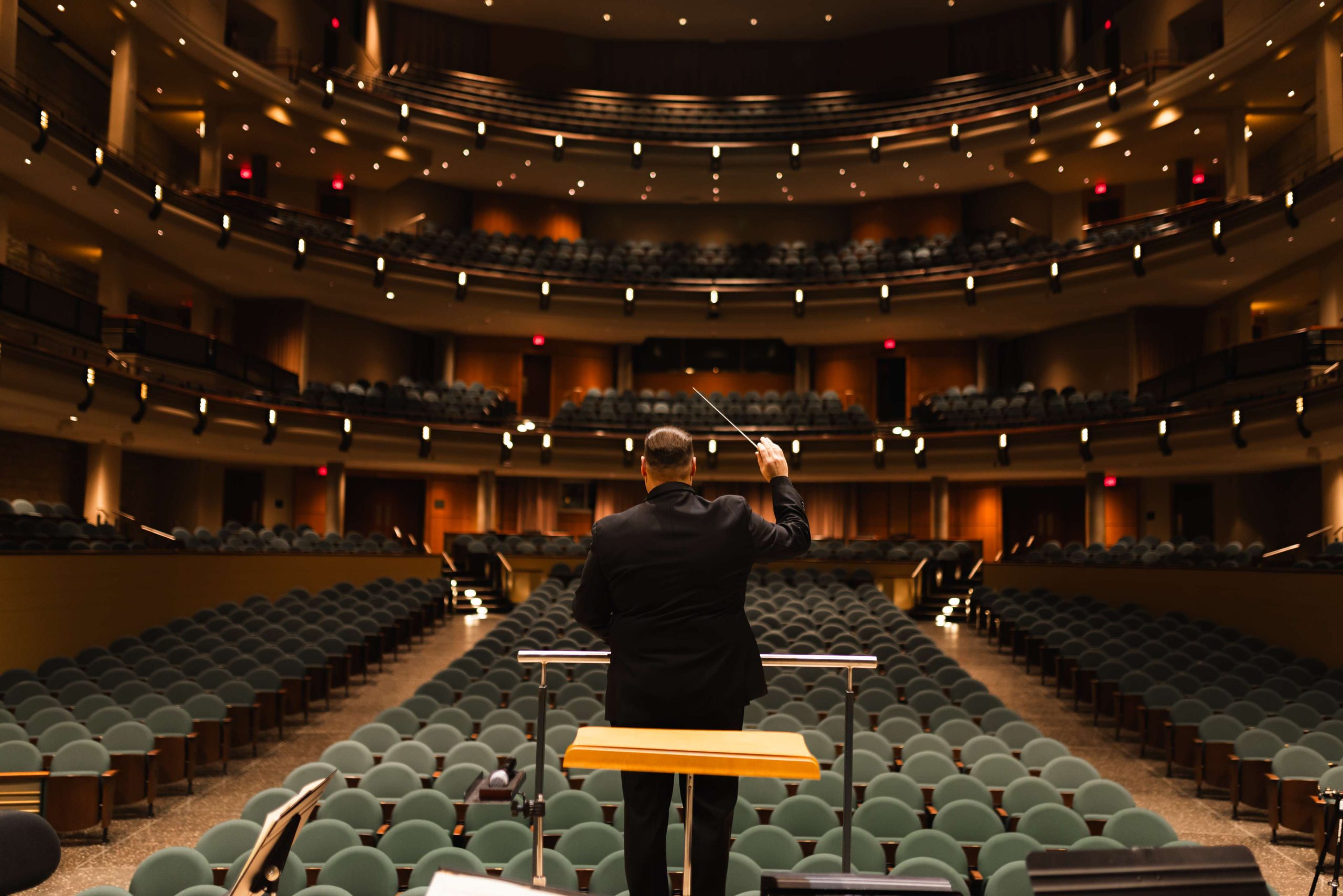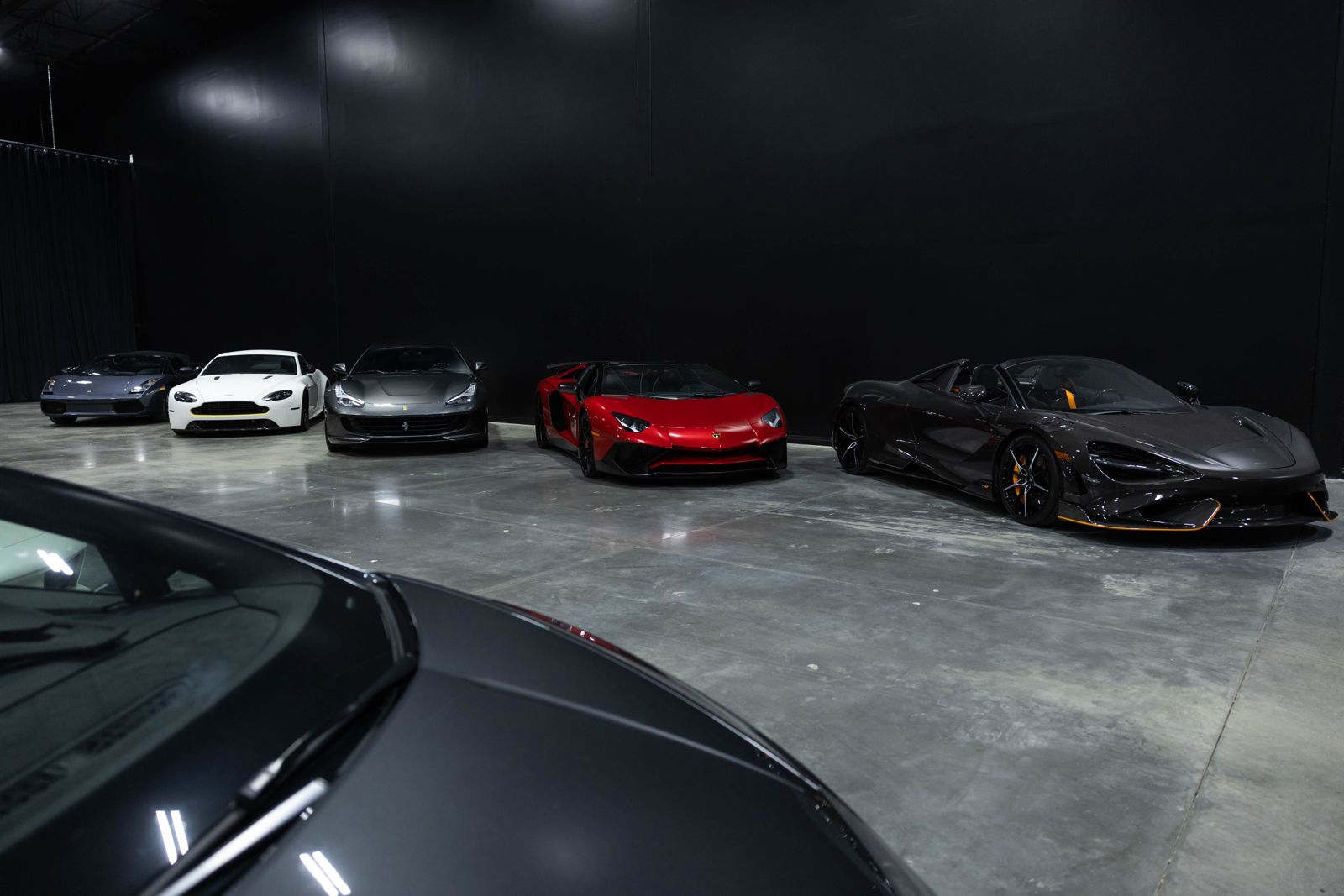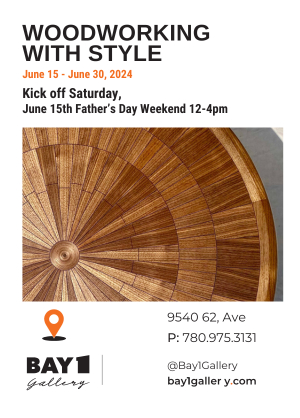A sculptor who trusts intuition over explanation and believes great art speaks for itself
Ryan McCourt didn’t always plan on being an artist, let alone a sculptor. “I wouldn’t have been able to guess that trajectory,” he says. Since discovering a passion for moulding brass and steel, he has obtained a Bachelor of Fine Arts and a Master of Fine Arts in Sculpture from the University of Alberta. His biggest takeaway from studying fine arts was learning to keep his ego out of his work and accept criticism from his peers.
McCourt encourages people to find personal meaning in his work rather than expect an explanation. “I’m hesitant to want to explain my work to someone.” He believes that if he must pair an explanation with his work, then he’s failed to convey anything meaningful through his sculptures.
His soldered brass statues are non-autobiographical. Sometimes they embody the emotions he felt in the moment, and other times, they offer a slight undertone of political or societal commentary. Helm of the First Horsemen (2022), for instance, is a commentary on global challenges that arose throughout the pandemic.
His work can not easily be categorized. He approaches surrealism less in a dream-like way and more as an exploration of the subconscious. On a stylistic spectrum of surrealism, his work is closer to Giorgio de Chirico’s optical illusory landscapes than Salvador Dalí’s psychoanalytic representations of still life.
McCourt’s view on the value of art distinguishes him from many other past and present artists. He maintains that good art will withstand the test of time, a pass-or-fail evaluation to determine its worthiness. He holds his work to the same standard, and hopes future generations will appreciate it, as he has appreciated past works.
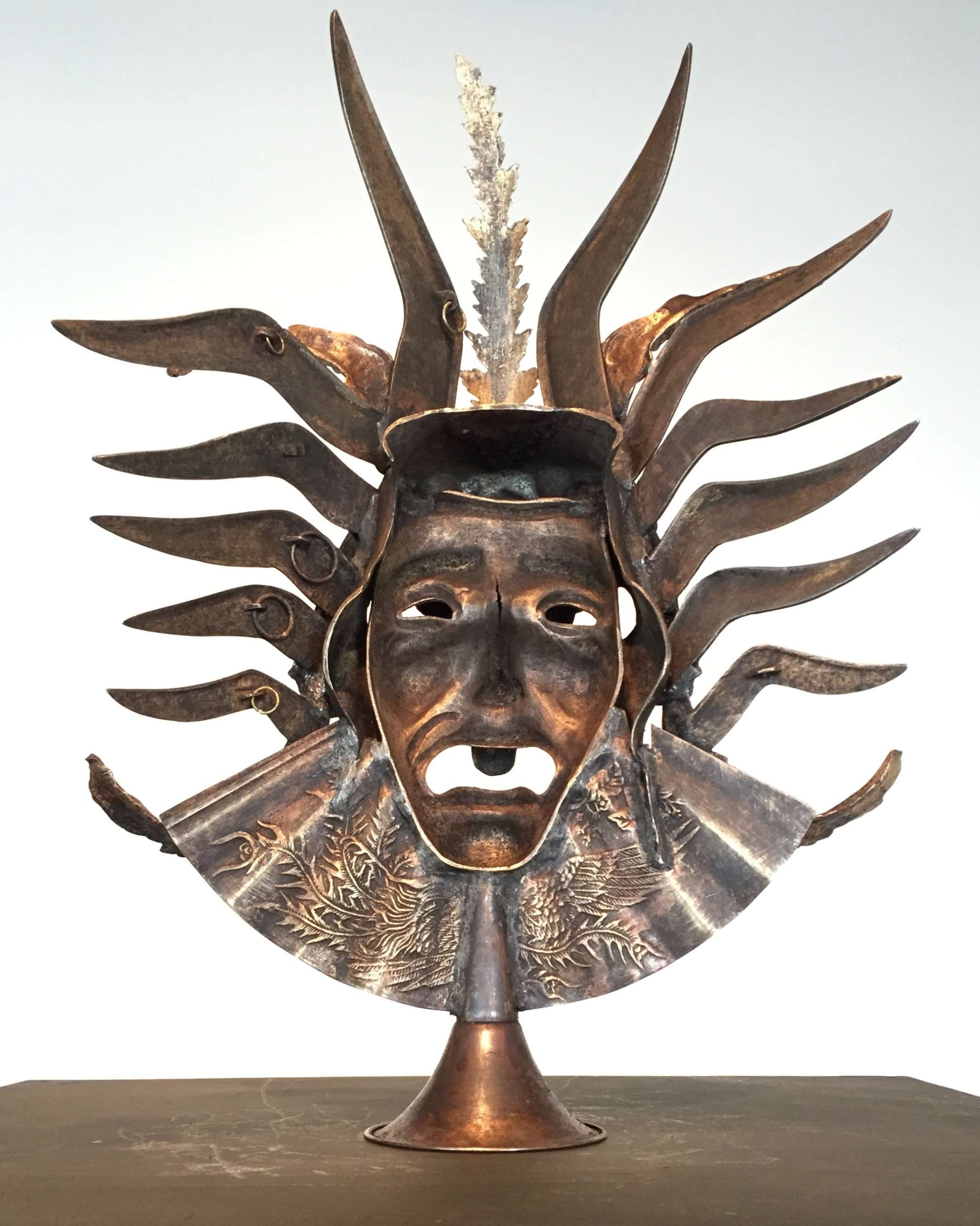

More than anything, McCourt identifies intuition as the most important characteristic for artists to create and recognize good art. He recognizes it as something that can’t be taught in a classroom but can be realized and refined through time and practice.
“People like to say art is subjective. That is a myth,” he says, adding that “humans have a universal sense about a lot of things, including aesthetics.”
For McCourt, this statement rings true for every artistic outlet, not just visual media. The public’s perception of art is what ultimately distinguishes its value.
“People who care about music know what good music is. Talk to the people who care about it.”
He cites Homer and Beethoven as examples of longevity signalling success.
“We aren’t going to suddenly decide Beethoven wasn’t actually good. What is good then is good now.”
Places To Be
See this month's local flavours, products, and services.

